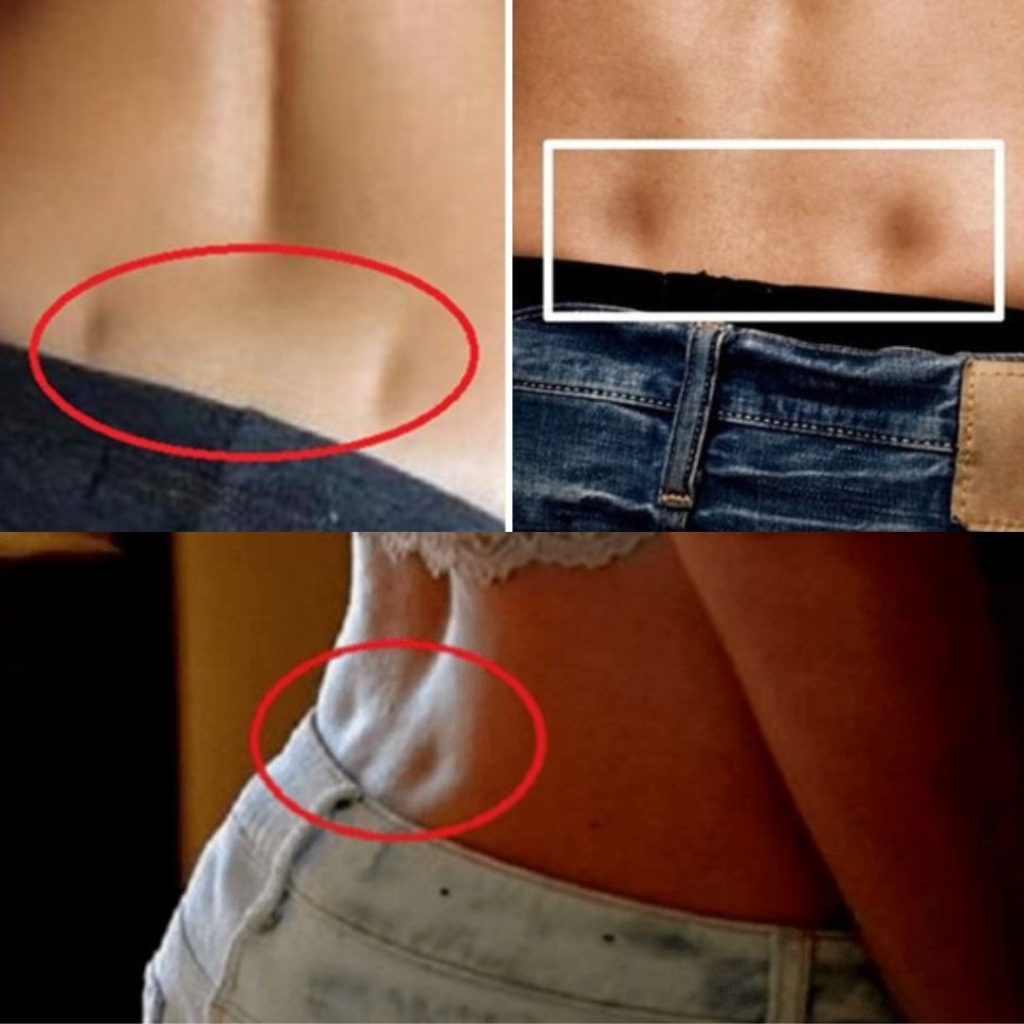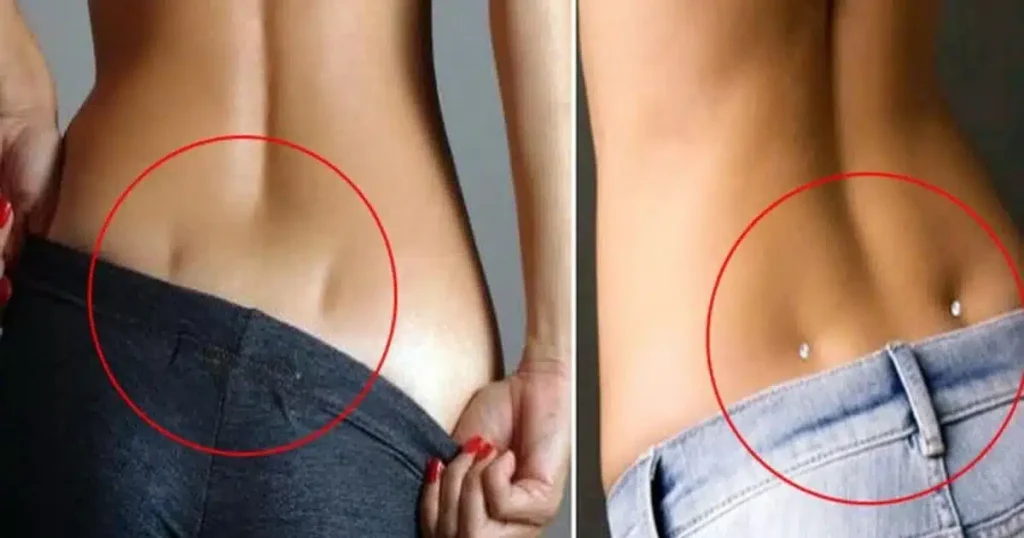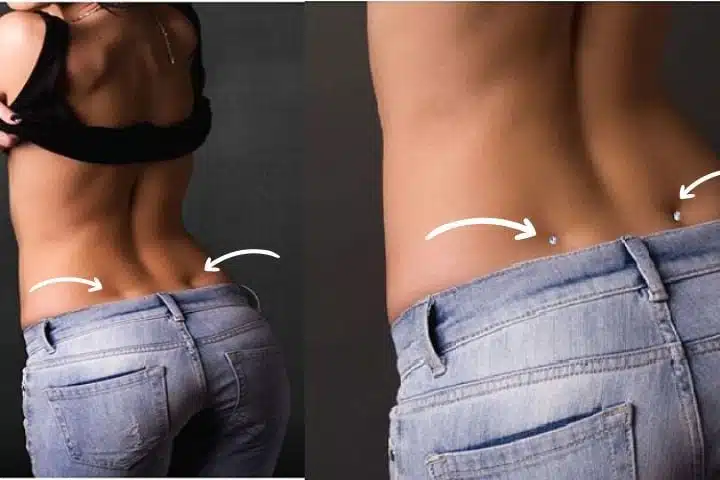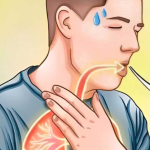
Maybe you’ve seen them on yourself or someone else—two small, evenly spaced dimples just above the buttocks. Subtle yet captivating, these little indentations often draw attention and compliments. But beyond their visual appeal, is there a deeper significance? These well-known “Venus dimples” (or “Apollo holes” in men) are more than just a unique physical trait.
What are Venus dimples (or Apollo holes)?

These small indentations are located in the lower back, on both sides of the spine, just above the pelvis. They form due to a ligament that attaches the skin to the pelvic bone, specifically at the posterior superior iliac spine.
Fun fact: Their appearance is mostly determined by genetics. So if your parents or grandparents have them, there’s a high chance you do too!
A sign of beauty and vitality since ancient times
“Venus dimples,” named after the Roman goddess of beauty, have long symbolized youth, health, and attractiveness. In men, they are called “Apollo’s holes,” referencing the god of strength. Both are admired across cultures for their aesthetic appeal.
What do they reveal about your health?

While genetics play a key role, a healthy lifestyle can make these hollows more noticeable. They are often more pronounced in people with:
- Low body fat
- Well-defined core and back muscles
- Good posture and mobility
Some believe they may improve blood circulation in the pelvic area, possibly enhancing vitality, though this lacks scientific proof.
Can they be made to appear with exercise?

Many fitness enthusiasts often wonder about this. Unfortunately, the answer is no—if you weren’t born with this ligament structure, no amount of training can develop it.
However, if you do have it genetically, staying active, maintaining a healthy lifestyle, and reducing body fat can help make it more defined and visible.
A trend amplified by social media
Venus dimples and Apollo holes have become viral fitness trends, often flaunted by celebrities on social media.
While admired by many, these traits are purely genetic and not indicators of fitness or worth. There’s no need to feel pressured to have them!
What if you don’t have them?

Venus dimples (in women) and Jupiter dimples (in men) are natural anatomical features caused by bone structure and ligament distribution. Their presence or absence has no impact on health, fitness, or weight—they’re simply a genetic trait, sometimes considered aesthetically appealing.
In summary: an aesthetic detail… and a genetic one
Venus dimples and Apollo holes, rare and captivating, are seen as symbols of beauty and fitness.
If you have them, embrace their uniqueness. If not, remember—every body is a masterpiece in its own way.

